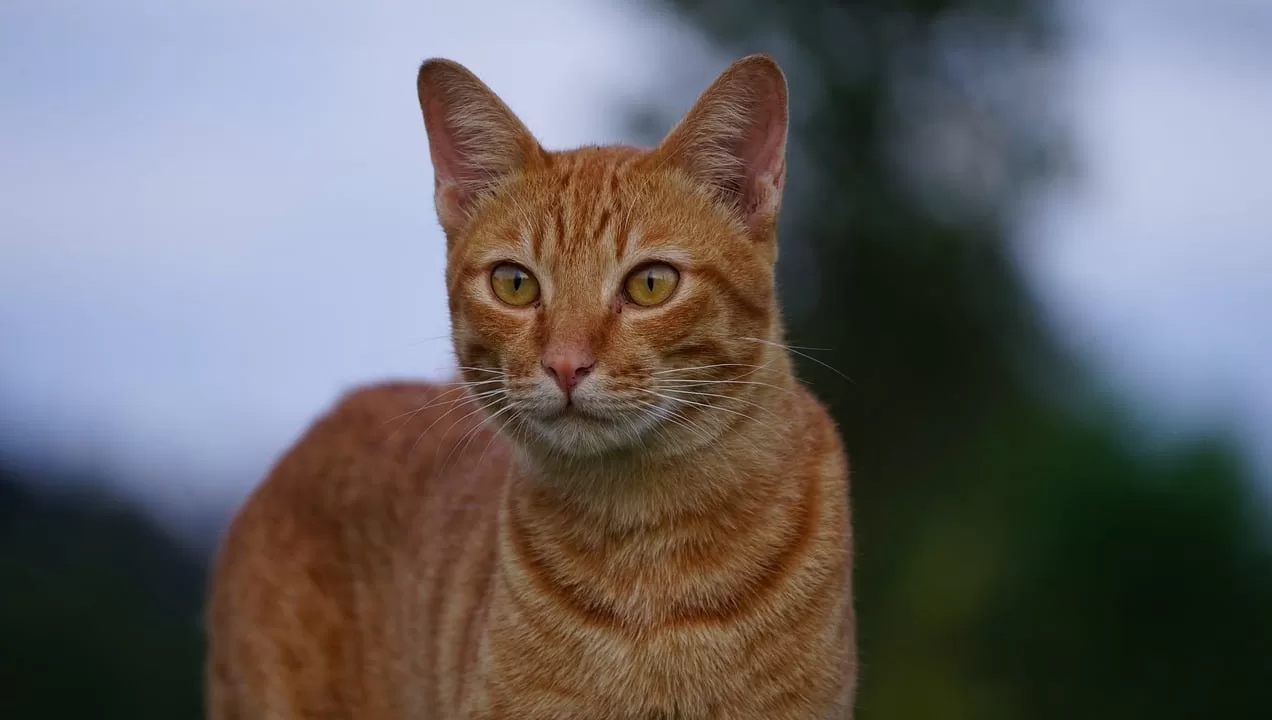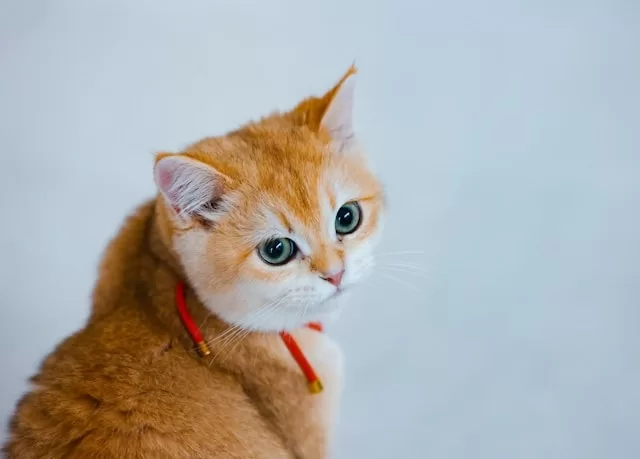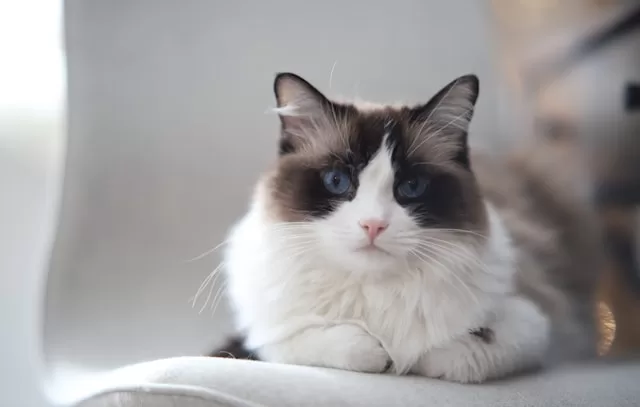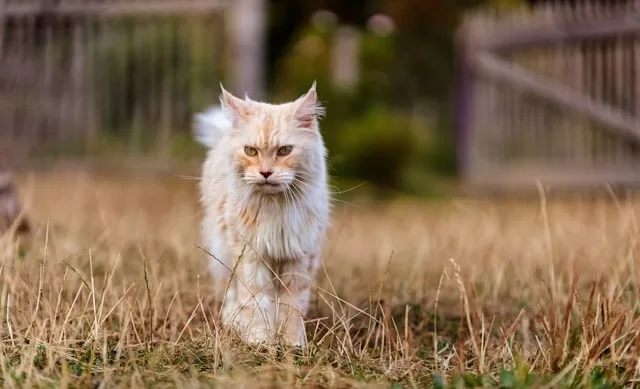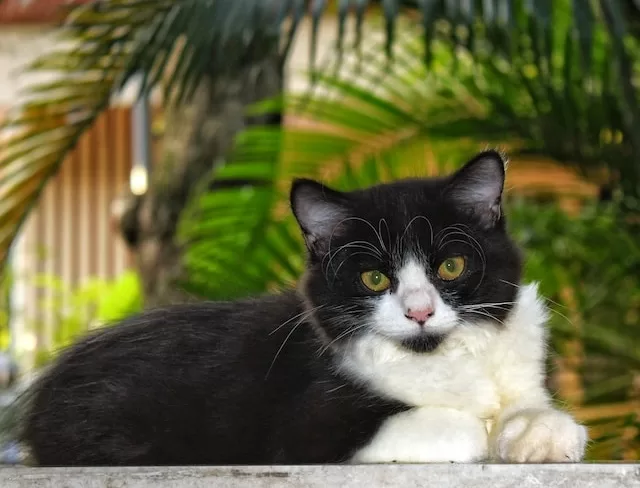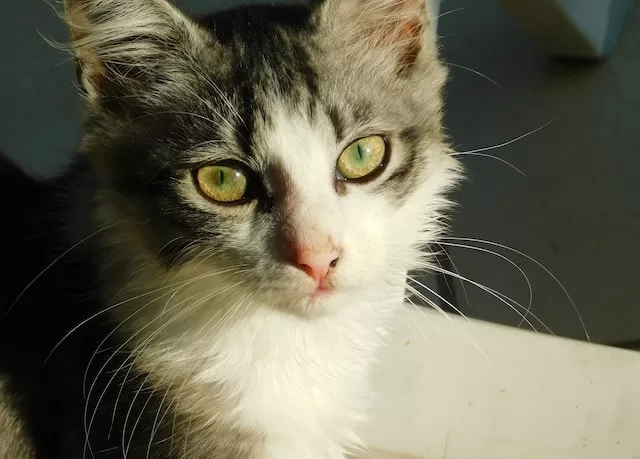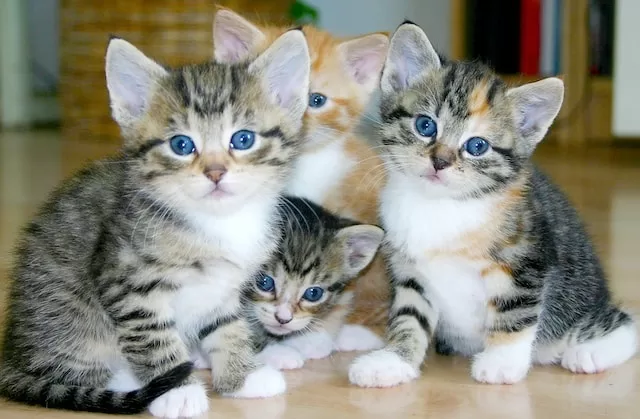When it comes to caring for your feline friend, providing them with the right food and water bowls is essential. With so many options available, it’s important to understand the different types of cat bowls and feeders and how they can benefit your cat’s health and well-being.
In this, we will guide you through the process of choosing the perfect cat bowl and feeder, ensuring your furry companion enjoys their meals to the fullest.
Material Matters
Cat bowls come in various materials, each with its own advantages. The most common options are stainless steel, ceramic, and plastic. Stainless steel bowls are durable, easy to clean, and resistant to bacterial growth. Ceramic bowls are sturdy, aesthetically pleasing, and help keep the food cool. However, some cats may be prone to chin acne due to bacteria accumulating on the ceramic surface. Plastic bowls are lightweight and affordable, but they can scratch easily, harboring bacteria and causing allergies in some cats. Consider your cat’s needs and your preferences when choosing the material.
Bowl Size and Depth
The size and depth of the cat bowl are crucial factors to consider. Cats prefer wider bowls that don’t interfere with their whiskers while eating. Opt for shallow bowls to prevent discomfort, especially for flat-faced breeds. Additionally, the size of the bowl should be appropriate for your cat’s portion sizes. A too-small bowl may cause frustration, while a too-large bowl can lead to overeating. Finding the right balance is key.
-
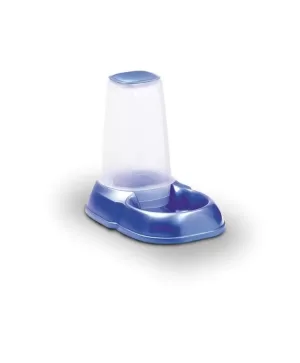 MAYA WATER DISPENSER L – 3.5 LAED 35.00
MAYA WATER DISPENSER L – 3.5 LAED 35.00 -
 MAYA WATER DISPENSER M – 1.5 LAED 30.00
MAYA WATER DISPENSER M – 1.5 LAED 30.00 -
 MAYA WATER DISPENSER S – 0.5 LAED 20.00
MAYA WATER DISPENSER S – 0.5 LAED 20.00 -
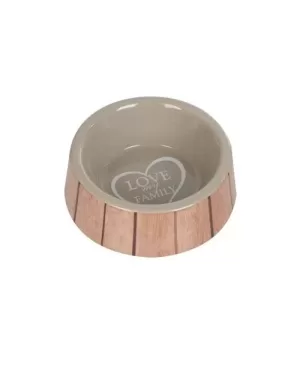 Flamingo Love and Family BowlAED 50.00
Flamingo Love and Family BowlAED 50.00 -
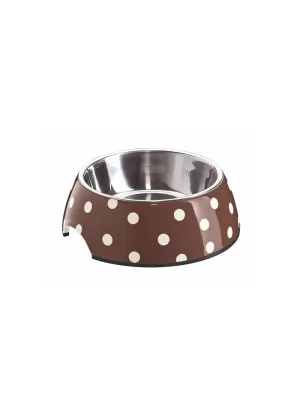 Hunter Melamine Bowl Dots LAED 67.00
Hunter Melamine Bowl Dots LAED 67.00 -
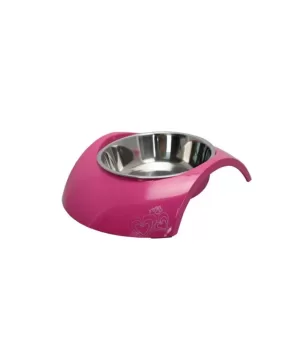 Rogz Luna Bowl Pink SAED 45.00
Rogz Luna Bowl Pink SAED 45.00
Elevated Feeders
Elevated feeders offer several benefits for cats, especially those with joint issues or arthritis. These raised platforms bring the food closer to your cat’s mouth, reducing the strain on their neck and allowing for more comfortable eating. Additionally, elevated feeders can help prevent food spills and keep ants or other pests away from your cat’s meal.
Automatic Feeders
For busy cat owners or those who want to regulate their cat’s feeding schedule, automatic feeders are a convenient option. These devices can be programmed to dispense food at specific times, ensuring your cat gets their meals even when you’re not at home. Automatic feeders also prevent overeating, as they dispense controlled portions. However, it’s important to monitor your cat’s eating habits and adjust the portion size accordingly.
Water Bowls
Water is essential for your cat’s health, so choosing the right water bowl is just as important as selecting a food bowl. Cats prefer wide and shallow water bowls that allow them to drink without their whiskers touching the sides. Consider using stainless steel or ceramic bowls, as they are easier to clean and don’t retain odors. It’s crucial to provide fresh, clean water daily and clean the water bowl regularly to prevent the growth of bacteria.
Conclusion
Selecting the perfect cat bowl and feeder requires considering your cat’s specific needs and preferences. Whether you opt for stainless steel, ceramic, or plastic bowls, ensure they are the right size and depth to promote comfortable eating. Elevated feeders can provide added benefits for cats with joint issues, while automatic feeders offer convenience and portion control.
Remember to choose an appropriate water bowl and prioritize cleanliness for your cat’s overall health and well-being. With the right cat bowl and feeder, mealtime can become an enjoyable and stress-free experience for both you and your feline companion.

